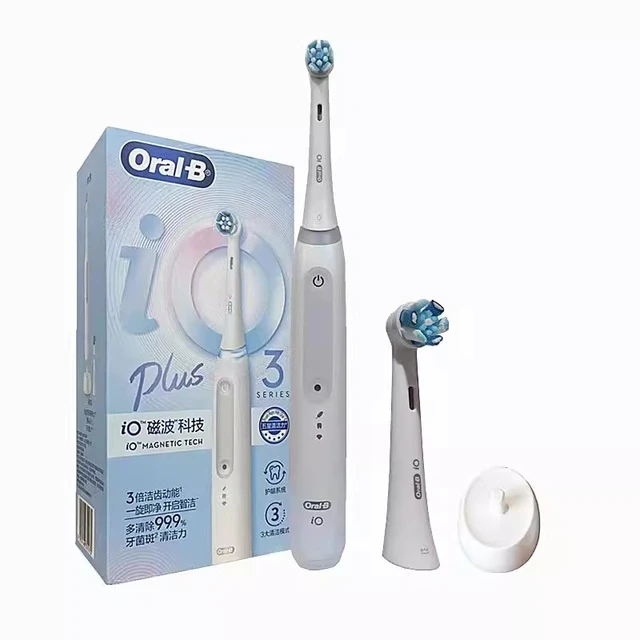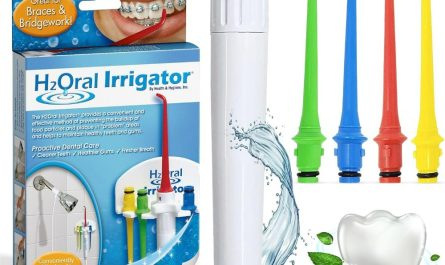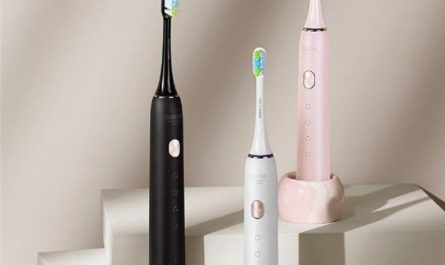Introduction:
Brushing your teeth is a critical aspect of oral hygiene, and the advent of electric toothbrushes has made this daily task more efficient. Understanding the optimal duration for brushing with an electric toothbrush ensures that you maintain oral health effectively. This comprehensive guide explores the recommended brushing time, benefits of electric toothbrushes, techniques for effective brushing, and additional tips for optimal oral hygiene.
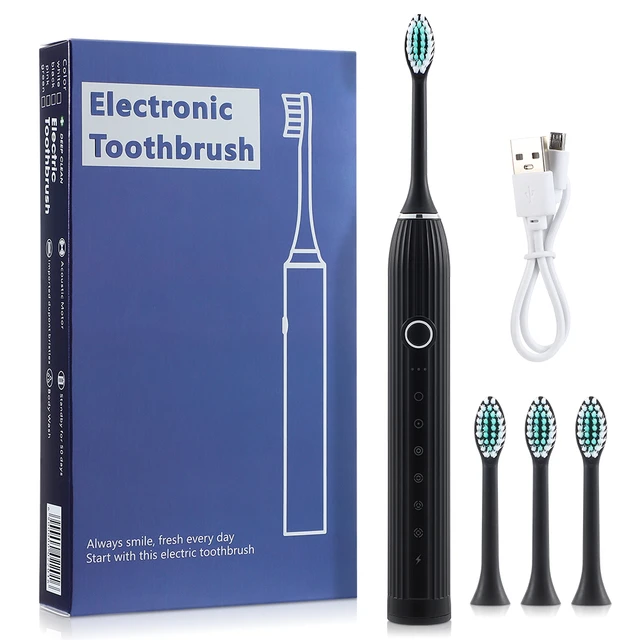
How Long Should I Brush My Teeth with an Electric Toothbrush:
What Is the Optimal Duration?
Recommended Brushing Time:
How Long Is the Ideal Duration for Using an Electric Toothbrush?
Dental professionals generally recommend brushing your teeth for two minutes, twice a day, regardless of whether you use a manual or electric toothbrush. However, electric toothbrushes often come with features that assist in achieving this optimal duration easily.
Built-In Timers:
Standard Two-Minute Timer: Most electric toothbrushes are equipped with a built-in two-minute timer that signals when you have brushed for the recommended duration. This feature ensures you spend the proper amount of time cleaning your teeth without having to watch the clock.
Quadrant Timers: Many advanced electric toothbrushes include a pacer that divides the two minutes into four 30-second intervals. Each interval encourages you to focus on one quadrant of your mouth, ensuring even coverage and thorough cleaning.
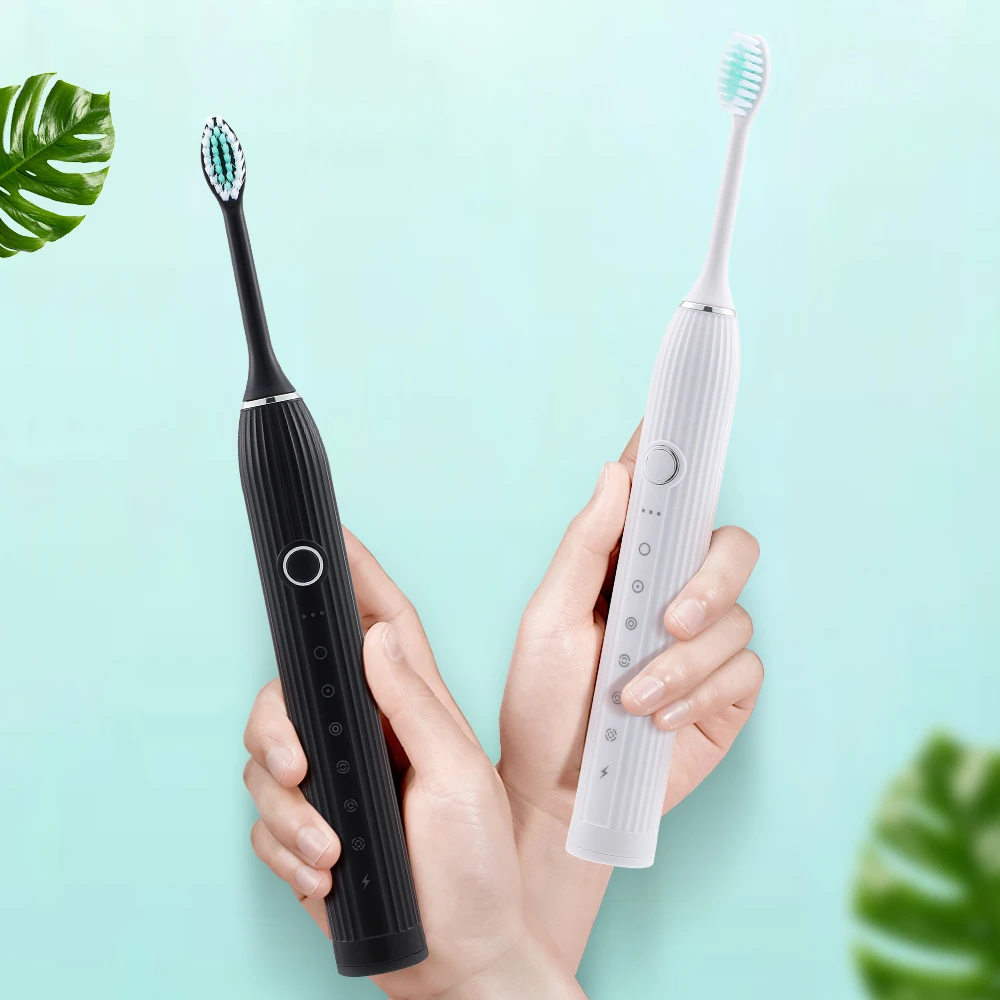
Thorough Coverage:
Uniform Cleaning: Electric toothbrushes with quadrant timers help ensure that each area of your mouth receives adequate attention. This method prevents you from spending too much time on one part while neglecting others, promoting uniform cleaning.
Remembering the Back Teeth: The pacers remind you to clean the often-overlooked back teeth, where plaque tends to accumulate. Proper attention to these areas reduces the risk of cavities and gum disease.
Benefits of Electric Toothbrushes:
What Advantages Do They Offer Over Manual Brushes?
Electric toothbrushes provide numerous benefits that enhance your oral hygiene routine, often leading to better outcomes compared to manual brushing.
Consistent Power:
Effective Plaque Removal: Electric toothbrushes offer consistent power and oscillations, making plaque removal more effective. Studies show that after three months of use, electric toothbrushes reduce plaque and gingivitis more than manual toothbrushes.
Even Pressure:
Prevents Overbrushing: Electric toothbrushes apply even pressure, reducing the risk of overbrushing and subsequent enamel erosion or gum recession. Many models also come with pressure sensors that alert you if you’re brushing too hard.
User Convenience:
Ease of Use: Electric toothbrushes require less manual effort, making them an ideal choice for individuals with arthritis or other conditions that affect hand dexterity. The movement of the brush head does most of the work, allowing for a thorough clean with minimal effort.
Built-In Features:
Multiple Modes: Many electric toothbrushes offer various cleaning modes, such as daily clean, gum care, sensitive, and whitening. These options allow you to customize your brushing experience based on your specific needs.
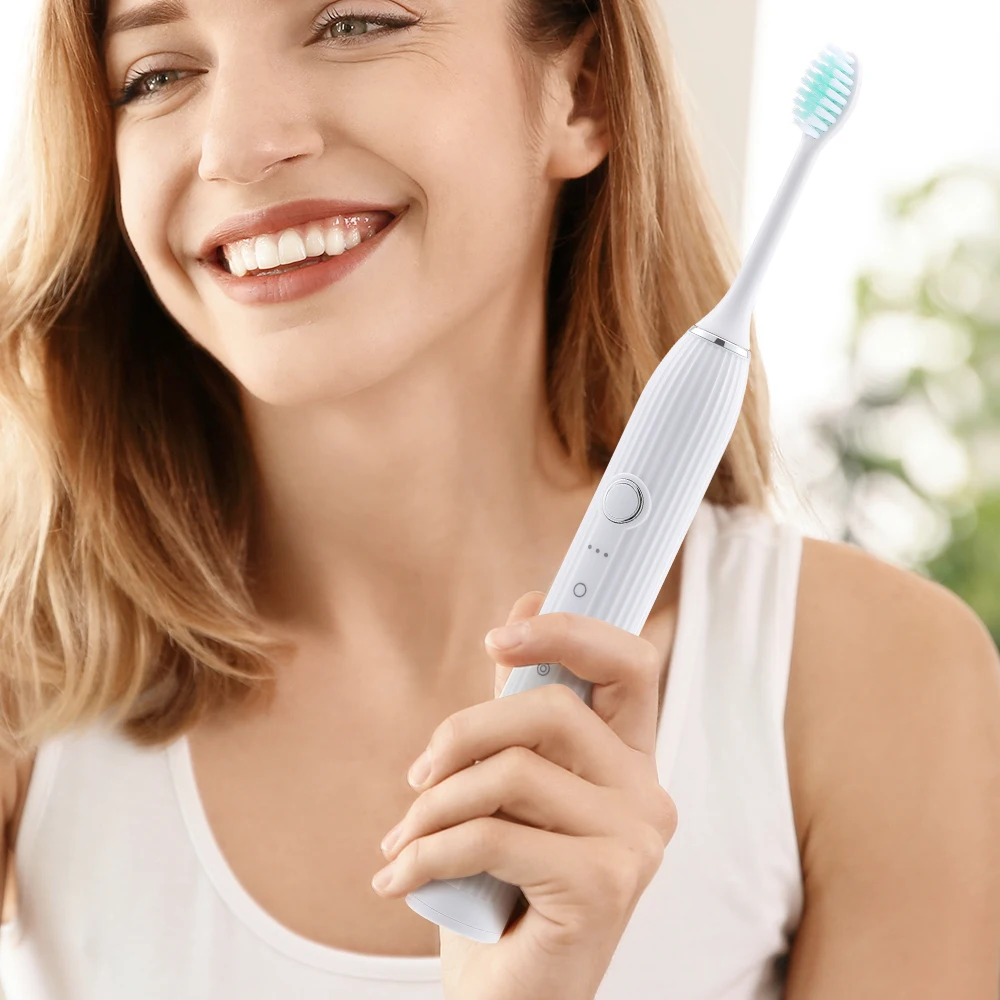
Using an Electric Toothbrush:
What Techniques Ensure Efficient and Effective Brushing?
Proper techniques enhance the effectiveness of brushing with an electric toothbrush, ensuring comprehensive oral care.
Correct Placement:
Positioning: Place the toothbrush at a 45-degree angle to your gums. This angle allows the bristles to reach under the gumline, where plaque and bacteria accumulate.
Small Movements: Let the brush do the work. Gently guide the brush head to each tooth surface without exerting too much pressure. The oscillating and rotating action of the bristles ensures effective cleaning.
Systematic Approach:
Quadrant Method: Divide your mouth into four quadrants (upper right, upper left, lower right, lower left). Spend 30 seconds brushing each quadrant. Electric toothbrushes with built-in timers often signal when to move to the next quadrant, ensuring thorough cleaning.
All Surfaces: Clean all surfaces of your teeth—outer, inner, and chewing surfaces. Don’t forget to brush the gumline and the back molars, which are prone to plaque buildup.
Tongue Cleaning:
Importance: Brushing your tongue is essential for removing bacteria that cause bad breath. Some electric toothbrushes come with a tongue cleaning mode or attachment to make this process easier.
Method: Use the back of the brush head or a specialized tongue cleaner to gently brush your tongue, moving from back to front. Rinse your mouth thoroughly afterward.
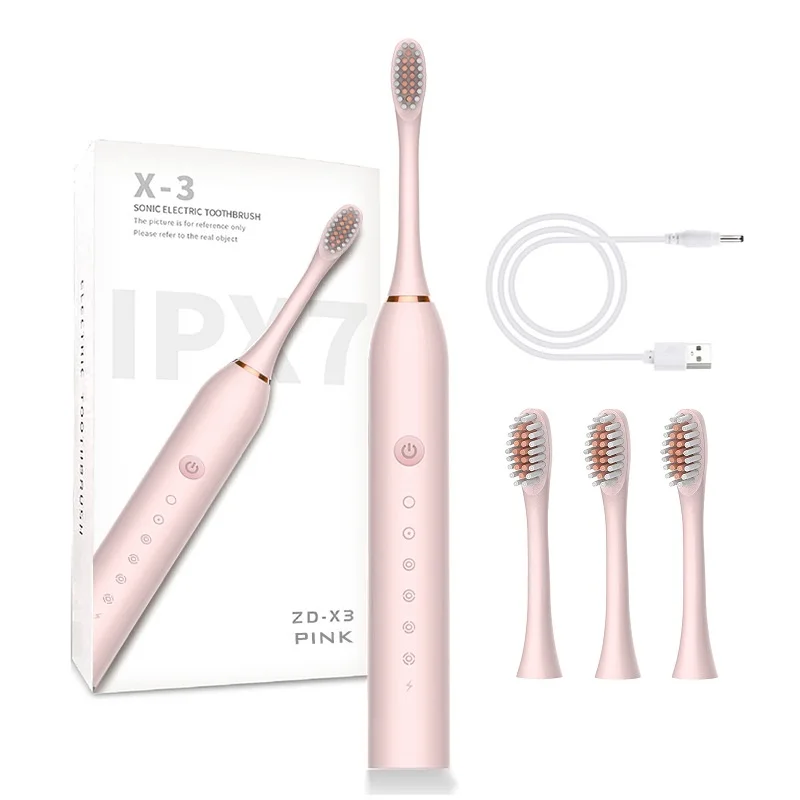
Post-Brushing Care:
What Should You Do After Brushing Your Teeth?
Taking additional steps after brushing enhances oral hygiene and ensures a clean, healthy mouth.
Rinsing:
Toothbrush Cleaning: Rinse the toothbrush head thoroughly under water after each use to remove toothpaste residue and debris. Shake off excess water and store the toothbrush upright to air dry.
Mouth Rinse: Rinse your mouth with water or an antimicrobial mouthwash to remove any remaining debris and bacteria. Mouthwash can also provide additional protection against plaque and gingivitis.
Flossing:
Daily Routine: Floss at least once a day to remove plaque and food particles from between your teeth and along the gumline. Flossing complements brushing by reaching areas that toothbrush bristles cannot.
Proper Technique: Use about 18 inches of floss and wind it around your fingers, leaving a few inches to work with. Gently slide the floss between your teeth, curving it around each tooth in a C shape, and move it up and down to remove debris.
Regular Dental Check-Ups:
Professional Cleanings: Schedule regular dental check-ups and cleanings every six months. Professional cleanings remove tartar buildup that brushing and flossing can’t reach, and dental exams help detect issues early.
Personalized Advice: During dental visits, ask your dentist to review your brushing technique and provide personalized advice for improving your oral hygiene routine based on your specific needs.
Common Mistakes to Avoid:
What Are the Pitfalls of Using an Electric Toothbrush?
Avoiding common mistakes ensures that you get the most out of your electric toothbrush and maintain optimal oral health.
Too Much Pressure:
Avoid Overbrushing: Applying too much pressure while using an electric toothbrush can damage your gums and enamel. Most electric toothbrushes are designed to work effectively with minimal pressure; let the brush’s movements do the cleaning.
Pressure Sensors: Many advanced models feature pressure sensors that alert you when you’re pressing too hard. Pay attention to these signals to avoid overbrushing.
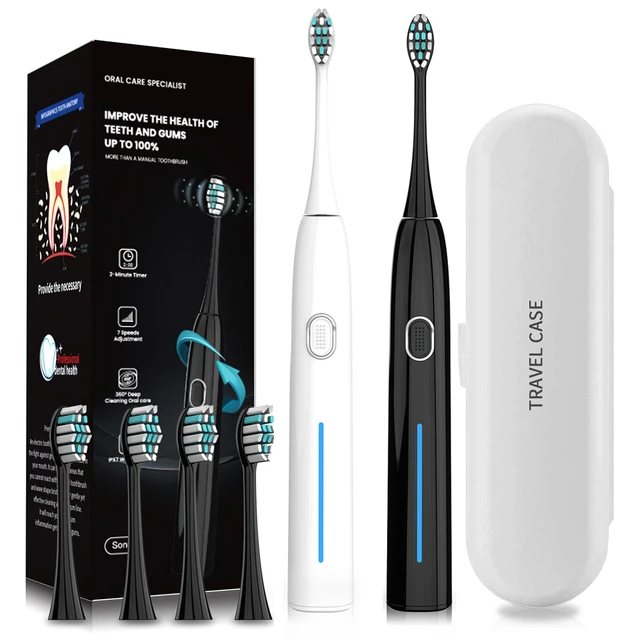
Not Following the Timer:
Skipping the Timer: Ignoring the built-in timer can lead to underbrushing or focusing too much on one area. Use the timer to ensure you brush for the full two minutes and cover all quadrants of your mouth evenly.
Rushing: Avoid rushing through brushing sessions. Taking your time ensures each tooth gets the attention it needs for plaque removal and gum health.
Wrong Brush Head:
Using Old Brush Heads: Brush heads wear out over time and become less effective. Replace the brush head every three months or sooner if the bristles are frayed. Old brush heads can harbor bacteria and reduce cleaning efficiency.
Choosing Incorrect Brush Head: Select the right brush head for your needs. Different designs cater to various concerns, such as sensitive teeth, gum care, or deep cleaning. Consult your dentist for recommendations if you’re unsure which type suits you best.
User Insights:
What Do Users Say About Their Experience with Electric Toothbrushes?
Hearing from other users provides practical insights into the benefits and usage of electric toothbrushes.
Positive Feedback:
Improved Cleanliness: Many users report a feeling of improved cleanliness and fresher breath after switching to an electric toothbrush. The consistent oscillations and thorough coverage contribute to this enhanced cleanliness.
Ease of Use: Users appreciate the convenience and ease of use that electric toothbrushes offer. The built-in timers and multiple cleaning modes make it simple to maintain an effective oral hygiene routine.
Challenges:
Adjustment Period: Some users note an adjustment period when transitioning from a manual to an electric toothbrush. Getting used to the vibrations and different handling techniques can take a few days, but the benefits soon become apparent.
Cost: The initial cost of electric toothbrushes and replacement brush heads can be higher than manual brushes. However, many users find the investment worthwhile for the improved oral health and convenience.
Expert Recommendations:
What Do Dental Professionals Advise About Using Electric Toothbrushes?
Dental professionals offer valuable advice on making the most of your electric toothbrush and maintaining optimal oral health.
Consistent Use:
Twice Daily: Use your electric toothbrush twice a day for two minutes each session. Consistency is key to preventing plaque buildup and maintaining healthy gums.
Technique Matters: Focus on proper technique, ensuring even coverage and gentle pressure. Dental professionals emphasize the importance of following the built-in timer and using the brush correctly.
Personalized Care:
Tailored Advice: Seek personalized advice from your dentist based on your specific oral health needs. Dental professionals can recommend the best brush head types and additional care practices tailored to your situation.
Conclusion
Brushing your teeth with an electric toothbrush for the recommended two minutes, twice a day, is essential for maintaining optimal oral health. Electric toothbrushes offer significant advantages, including effective plaque removal, ease of use, and built-in features that ensure thorough cleaning. Proper techniques, consistent use, and regular dental check-ups contribute to a healthy mouth. By integrating expert advice and staying updated with future innovations, you can maximize the benefits of your electric toothbrush and enjoy improved oral hygiene.

